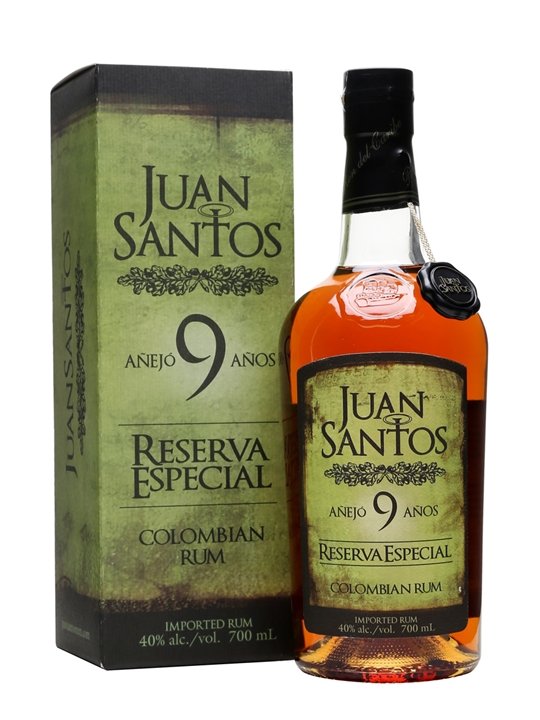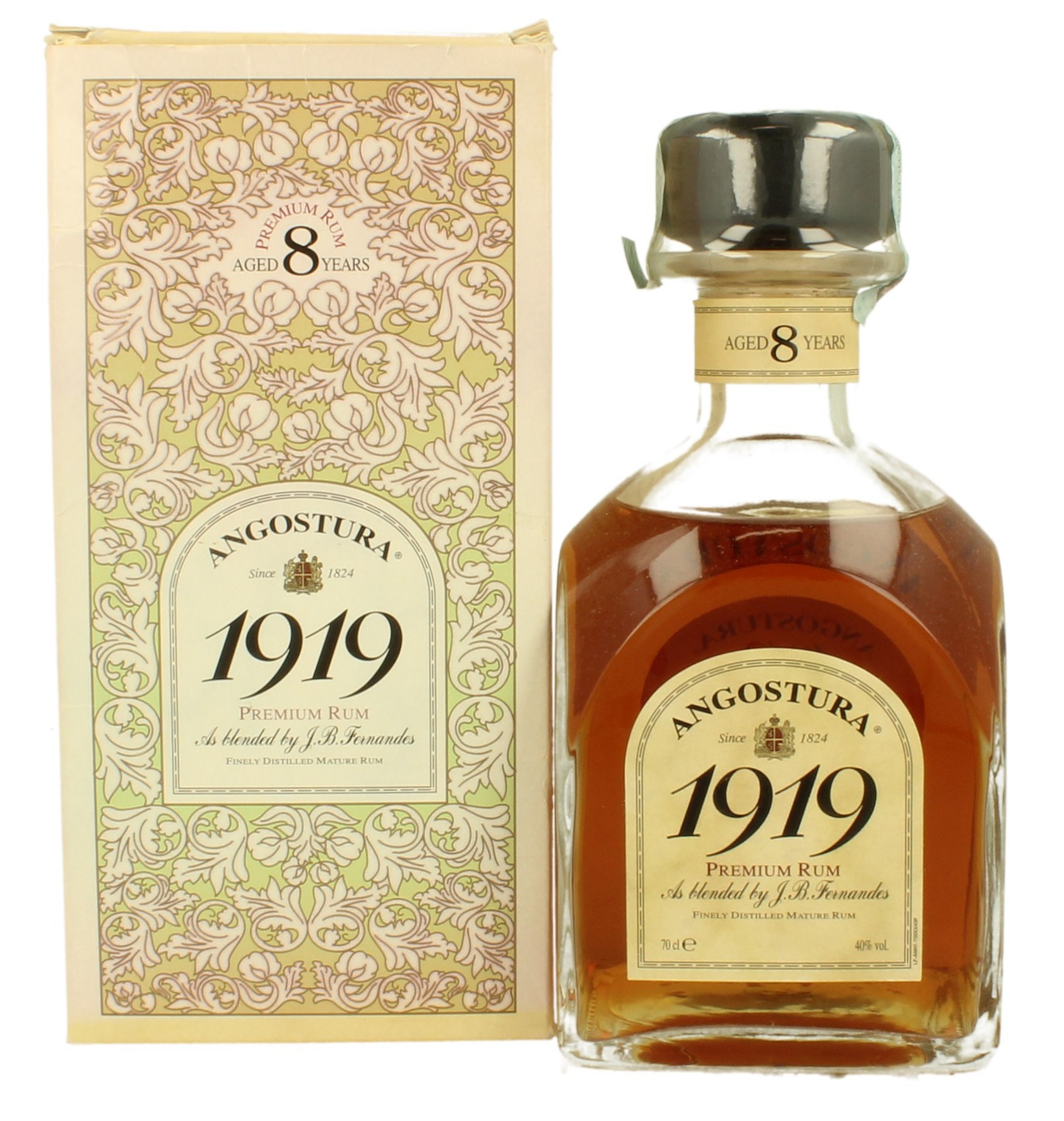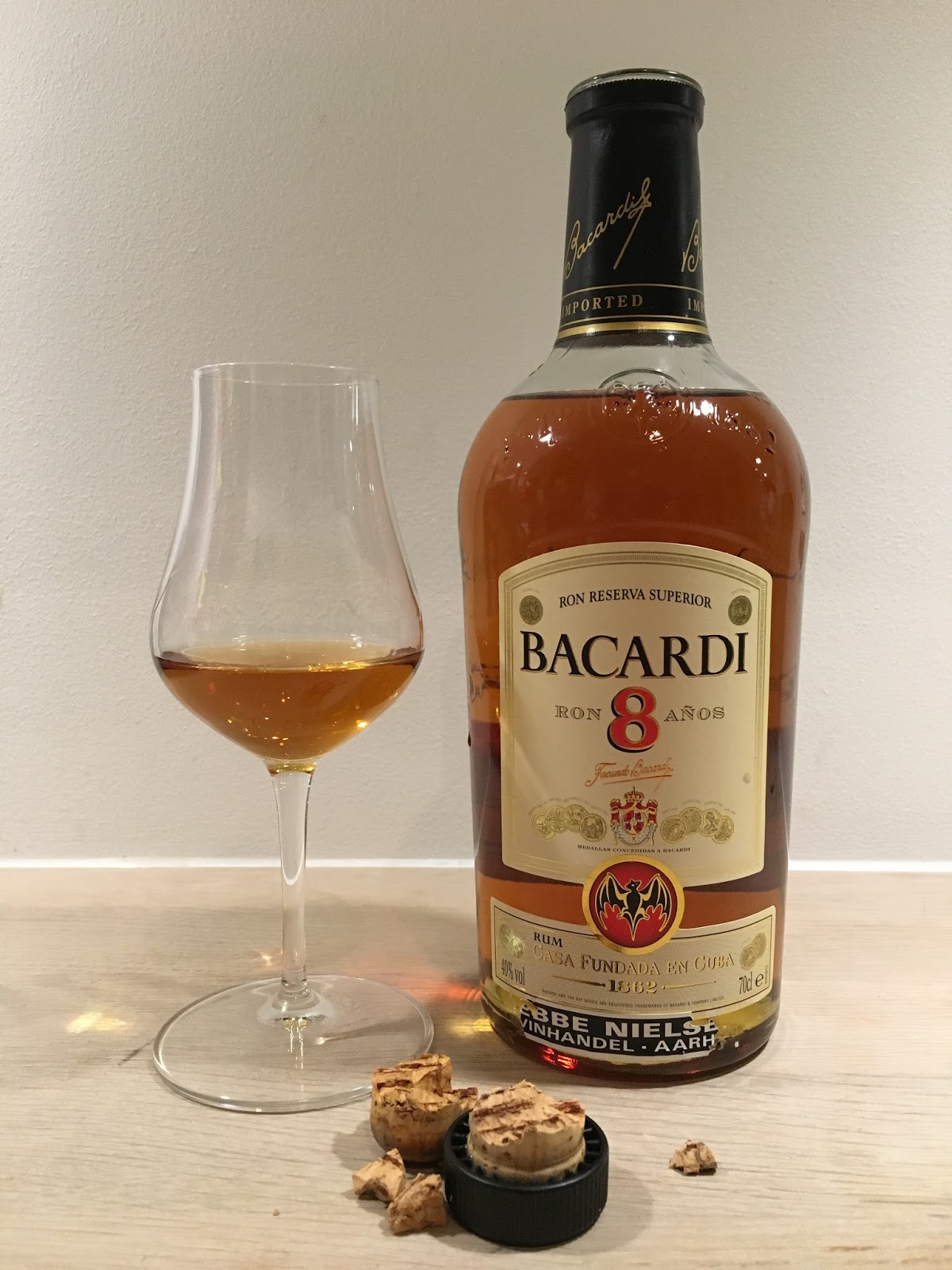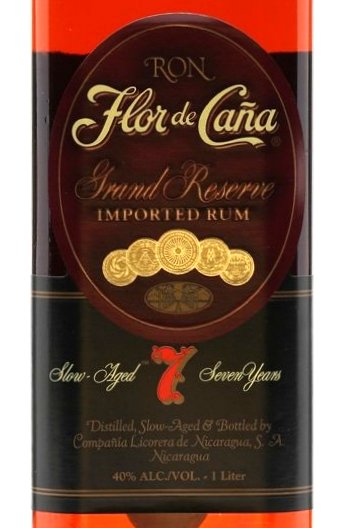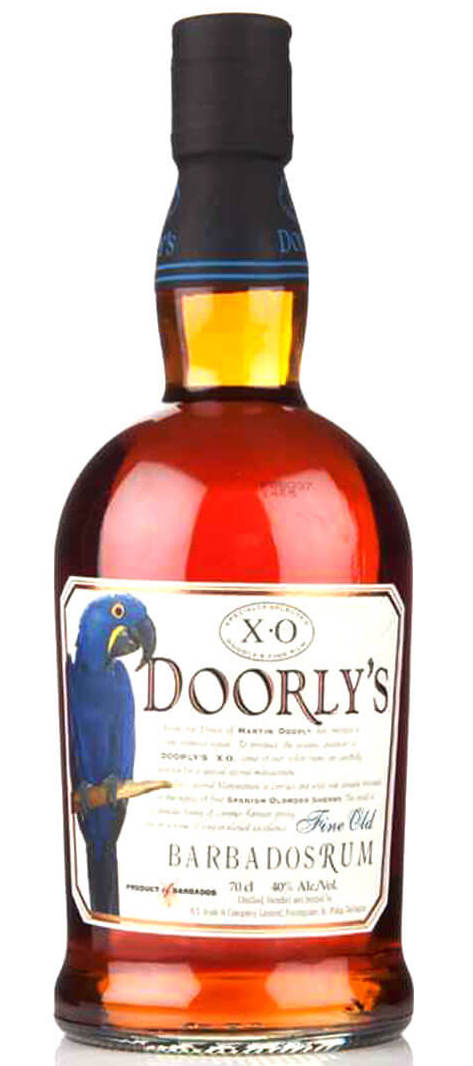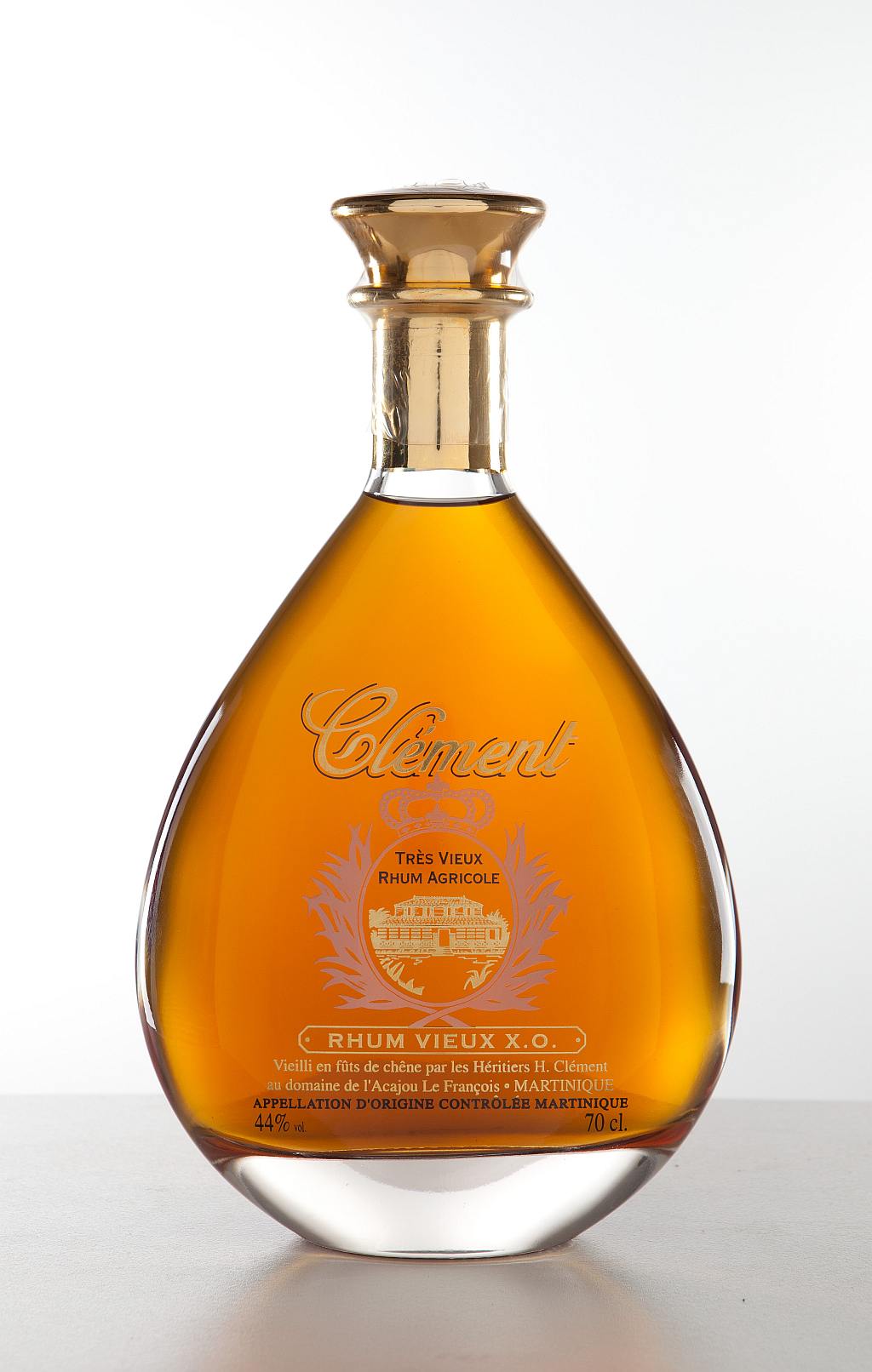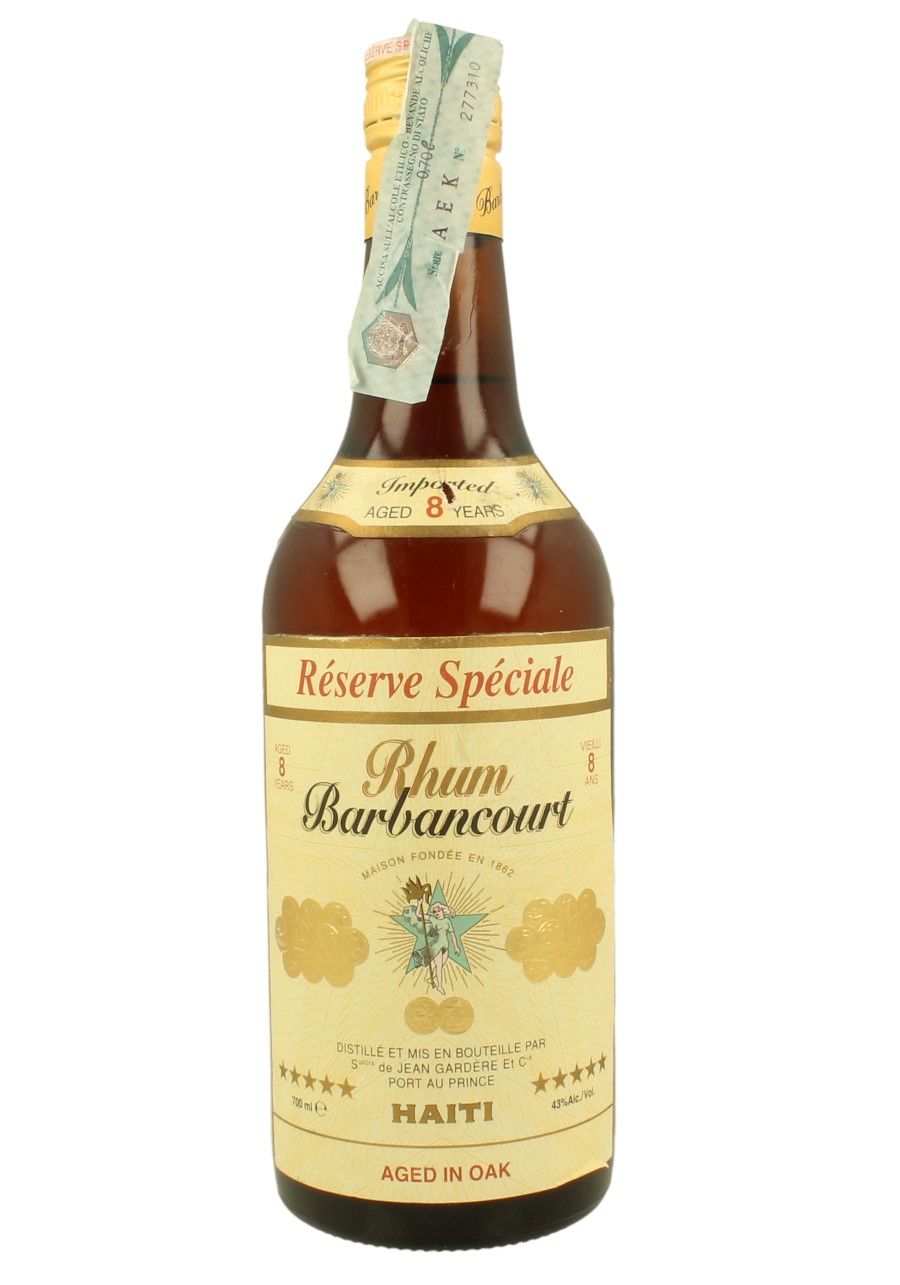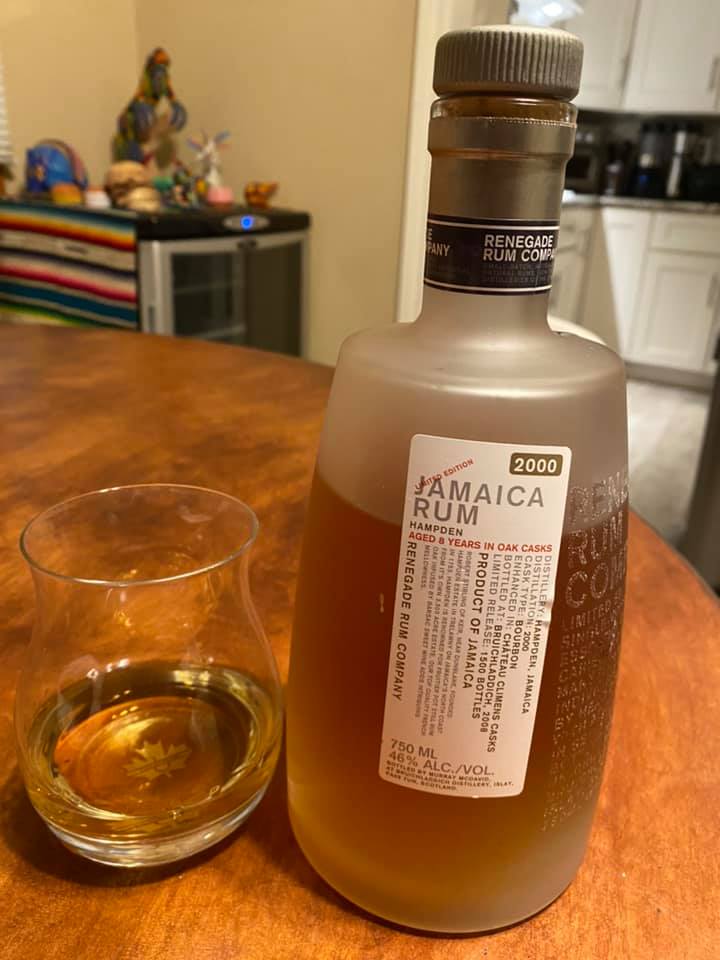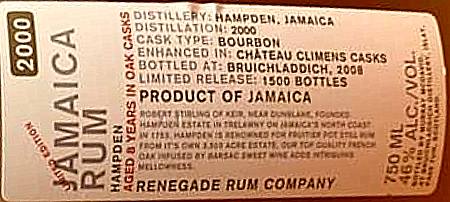(First posted 20 February 2011 on Liquorature)
A rum that doesn’t seem to be trying, and yet, when you’re done and you try to analyze your experience, you unexpectedly find yourself admiring it more and more, surprised by its overall quality.
The other day a lady from my department quit: an overseas posting came up, and she’s upping anchor and bailing with her family. I’ve thought of Cecilia often in the days since her resignation. She took no crap from me, did the work of a full time employee in half the time, and was quiet, efficient and professional. She and I did some really stellar work together, more from her technical expertise than any inherent qualities of mine, and I know she’ll be missed: by me in particular – class acts are tough to replace. I think of her, and have nothing but fond memories and great respect.
It was in this frame of mind that I sampled the Juan Santos Anejo 9 year old, and perhaps because she was on my mind, thinking of one led to the other. Juan Santos hails from Colombia, as does Cecilia, and actually my first introduction to their wares had been a coffe infused liqueur that I still take on the odd occasion when I want some thing with a little less octane than the usual. The distilling company, Santana Liquors is not a very large concern, and it is young (formed in 1994) but they certainly do have a good range of rums: 5, 7, 9 12, and 21 year olds…and I have to note that even though they planned a sort of invasion of Alberta a couple of years ago, their wares remain puzzlingly unavailable…though I did spot the 21 year old the other day at a nearby Co-op. Just one. What’s up with that?
Chip Dykstyra, who popped down to Calgary a few weeks back to sip rums and speak of affairs with some of the members of Liquorature, gave me this sample and asked me to do a write up , give the thing some visibilty if deserved, pan it if it didn’t. Having done so, I suggest you agitate gently with your local bar, rumshop, beer garden or pub, , and get them to start stocking this excellent midlevel rum.
All right, enough of this generalization, what was it really like?
Well, first of all, it came in a tall, heavy shouldered bottle reminiscent of , and an excellent, tightly seated plastic cork. The colour was a dark gold, and what I had managed to research suggested this was a rum made in the Cuban style. I’m not entirely sold on the classification of rums into main “make” styles (Cuban, Demerara, Jamaican, and Cane Juice, with some adding Bajan and Dominican), but here’s one that stated front and centre that this was what it was like: and that would lead you to expect a light, somewhat dry and spicy rum with a not to sweet, cognac-like character.
Indeed, the nose seemed to confirm that. It swatted me on the snoot with a quick sharp sting which never relented. Caramel and brown sugar came to me, but also rich coffee. And after a while, the rum did indeed open up and released a delightfully light and floral scent that coiled around the core of the base scents like lone Tie fighters circling the Death Star. And on the back end there came the scent of ripe fruit, perhaps papaya, or mango.
The taste was something else again. A Cuban styled rum is supposed to be light, dry and peppery, but the 40% ABV Juan Santos 9, which is aged in white oak barrels from Kentucky, pleasantly surprised me by having a heavier prescence than its rather thin legs would suggest, coating the tongue quite nicely and delivering a burst of flavour that was a shade arid, yes, but also bringing with it caramel, vanilla, nutmeg – and that coffee again, though fainter – and to my mind, just a bit too much spiciness. I’m not sure I can blame it for that, though…it adds a shade more character than might otherwise have been the case, and makes the sugar less aggressive. But the flavours blend well into that spice: a good balance overall. The finish was also pretty good, medium long and fragrant, biting a little yes, and in a good way. It was that deep burn I like in a decent aged rum, and if I thought it could use a little more ageing, well, that’s me. I’m sure others will accept it and like it exactly as it is.
This is going to sound funny, but I tasted this thing and thought about it, and it really reminded me of Cecilia (and not just because they share a common geographical point of origin). It’s something to do with its unpretentious nature, the way it gets the job done without undue fanfare: it’s a really decent rum that way. I don’t mean to compare Cecilia to a rum: that would be indecent, and fair to neither. It’s more a question of character. Looking at my numeric score after tallying up the points, I was surprised to see Juan Santos beating out more famous, well-known marques without actually looking like it was excelling at anything or making any great effort. There are some people like that too, and I meet them all too rarely. They don’t talk much, they have no bombast or bull in their natures: they are simply and unassumingly good at what they do.
I tasted the Juan Santos 9, appreciated it as both sipper and mixer, and admired Colombia a whole lot more: if they can produce both professionals and rums of this calibre, we should be paying more attention to both.
(#067. 80/100)
Background (Added in 2021)
Juan Santos rums are produced by Santana Liquors out of Baranquilla, a free trade seaport zone in the north of Colombia, on the Caribbean Sea. The company also makes various brands for other markets, like the somewhat better-known La Hechicera and Ron Santero labels (Ron Santero is the US brand name for Juan Santos, the latter of which is only sold in Canada). Their website and Forbes notes that they started operations in 1994 when their founders – assumed to be the Riascos business family – brought over some rum makers from Cuba, and an article in el Tiempo notes they are the only family owned (private) rum company in Colombia — all others are apparently part of the Colombian government monopoly.
However, it does not appear that they are actually in the business of distilling themselves, not are they primary producers of anything. They have no sugar cane fields, nor a refinery nor a distillery – at least not that they promote on their own materials and company websites – unless it is the winery they also own and operate, which is where their barrels of rum are aged. What they do, appears to be to act as third party blenders, much as Banks DIH does in Guyana. La Hechicera, their companion brand now distributed by Pernod Ricard who bought a stake in 2021, is often spoken about in rum circles as sourcing barrels and stocks of rum from around South America and then blending and bottling them in Colombia as “Colombian” rums. But they certainly don’t make anything of their own on a distillery.
As an additional note, Juan Santos rums no longer appear to be available in primary markets and online web shops – it has been almost a decade since I sourced mine, so sometime in the mid-2010s I suspect it may have been discontinued.
